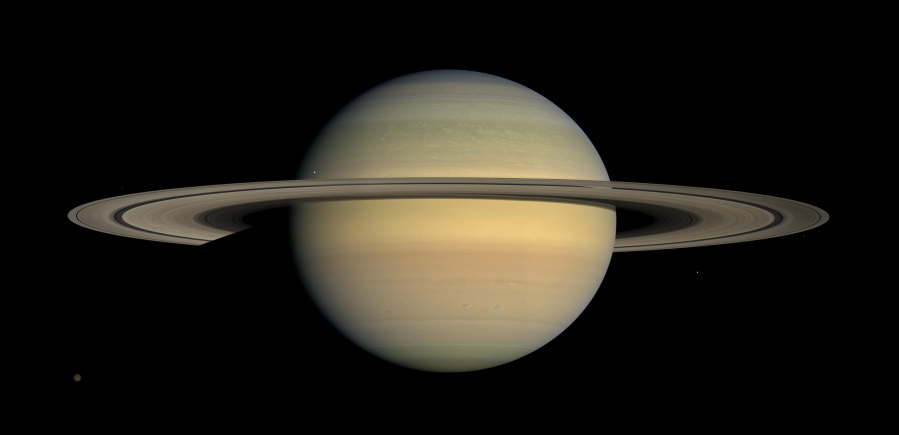CAPE CANAVERAL, Fla. — After a 20-year voyage, NASA’s Cassini spacecraft is poised to dive into Saturn this week to become forever one with the exquisite planet.
There’s no turning back: Friday it careens through the atmosphere and burns up like a meteor in the sky over Saturn.
NASA hopes for scientific dividends up till the end. Every tidbit of data radioed back from Cassini will help astronomers better understand the Saturnian system — rings, moons and all.
The only spacecraft ever to orbit Saturn, Cassini spent the past five months exploring the uncharted territory between the gaseous planet and its dazzling rings. It’s darted 22 times between that gap, sending back ever more wondrous photos.
On Monday, Cassini flew past jumbo moon Titan one last time for a gravity assist– a final kiss goodbye, as NASA calls it, nudging the spacecraft into a deliberate, no-way-out path.
During its final plunge early Friday morning, Cassini will keep sampling Saturn’s atmosphere and beaming back data, until the spacecraft loses control and its antenna no longer points toward Earth. Descending at a scorching 76,000 mph, Cassini will melt and then vaporize. It should be all over in a minute.
“The mission has been insanely, wildly, beautifully successful, and it’s coming to an end,” said NASA program scientist Curt Niebur. “I find great comfort in the fact that Cassini will continue teaching us up to the very last second.”
Telescopes on Earth will watch for Cassini’s burnout nearly a billion miles away. But any flashes will be hard to see given the time — close to high noon at Saturn — and Cassini’s minuscule size against the solar system’s second largest planet.



